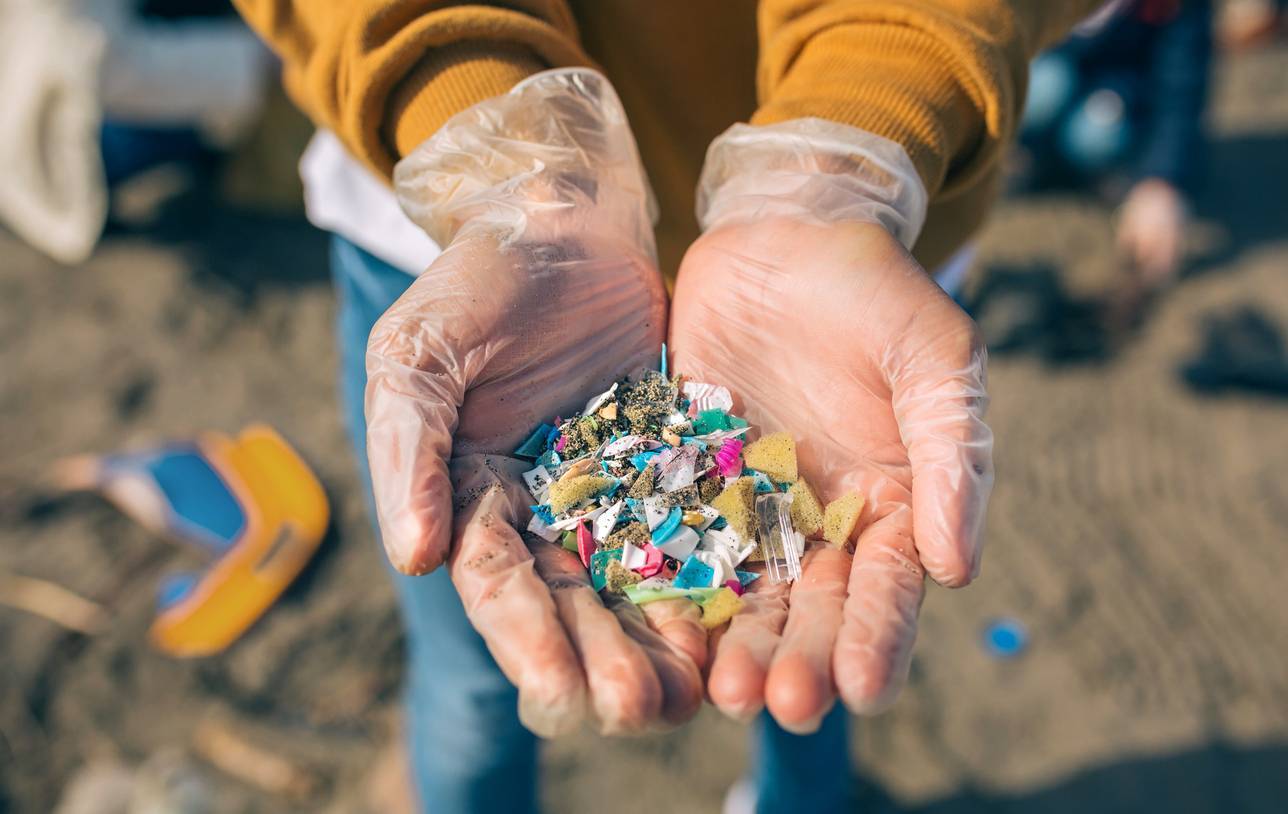Level of microplastics in the environment could be three times higher in 2060 than in 2019
Research published in Science Advances concludes that the level of microplastics in the environment could be three times higher in 2060 than in 2019, even if one of the two more ambitious policy scenarios proposed by the OECD to reduce plastics is implemented.

Roberto Rosal - microplásticos OCDE EN
Roberto Rosal
Professor of Chemical Engineering in the Department of Analytical Chemistry, Physical Chemistry and Chemical Engineering at the University of Alcalá
The study published in Science Advances uses a well-known model, the GBM-Plastics, which is a compartment model that simulates the cycling of plastics through different media based on simple assumptions, such as that the outflow from a compartment is proportional to the mass of plastic it contains. This leads to 26 coefficients, of which the current version of the model compares 12 with some (few) data from the literature.
The model has important limitations that affect the validity of its predictions. In particular, the estimation of fluxes and rates is rather risky due to the limited information on actual fragmentation, degradation, sedimentation or aggregation rates, especially for smaller microplastics, and the information available is based on literature estimates using different, if not incompatible, methodologies.
In addition, some cycles such as the atmospheric cycle are still poorly understood and, in fact, predictions of the behaviour of this medium are based on very little data that do not reflect well the high uncertainty in emission rates, dry and wet deposition and the permanence of particles in the atmosphere.
It is also a model that does not distinguish between polymer types and lacks biological and ecotoxicological integration, as well as ignoring microbial or enzymatic activity that can degrade certain types of microplastics over the long time periods involved.
All in all, the effort is interesting, but its conclusions are only the long-term prediction of a very simple model, which therefore carries a great deal of uncertainty. Moreover, it is based on an OECD prediction in Global Plastics Outlook: Policy Scenarios to 2060 which, in turn, uses its own model to estimate that plastics use will triple between 2019 and 2060. For this to be true, plastic production would have to grow at a rate of 3 % per year (geometric progression) over the next 38 years, while the average of the last ten years has been growing at 2.4 % and the average of the last five years (2018-2022) at 0.8 % (according to Plastics Europe).
In other words, the study's conclusion is true: the plastic that has been (and will be) landfilled will continue to fragment and disperse in the environment. However, quantitative predictions are only indicative and the need to adopt remediation mechanisms exists independently of them. In particular, it is important to avoid the spread of larger plastics (megaplastics, macroplastics and mesoplastics) because they are the source of the vast majority of microplastics.
Sonke et al.
- Research article
- Peer reviewed



